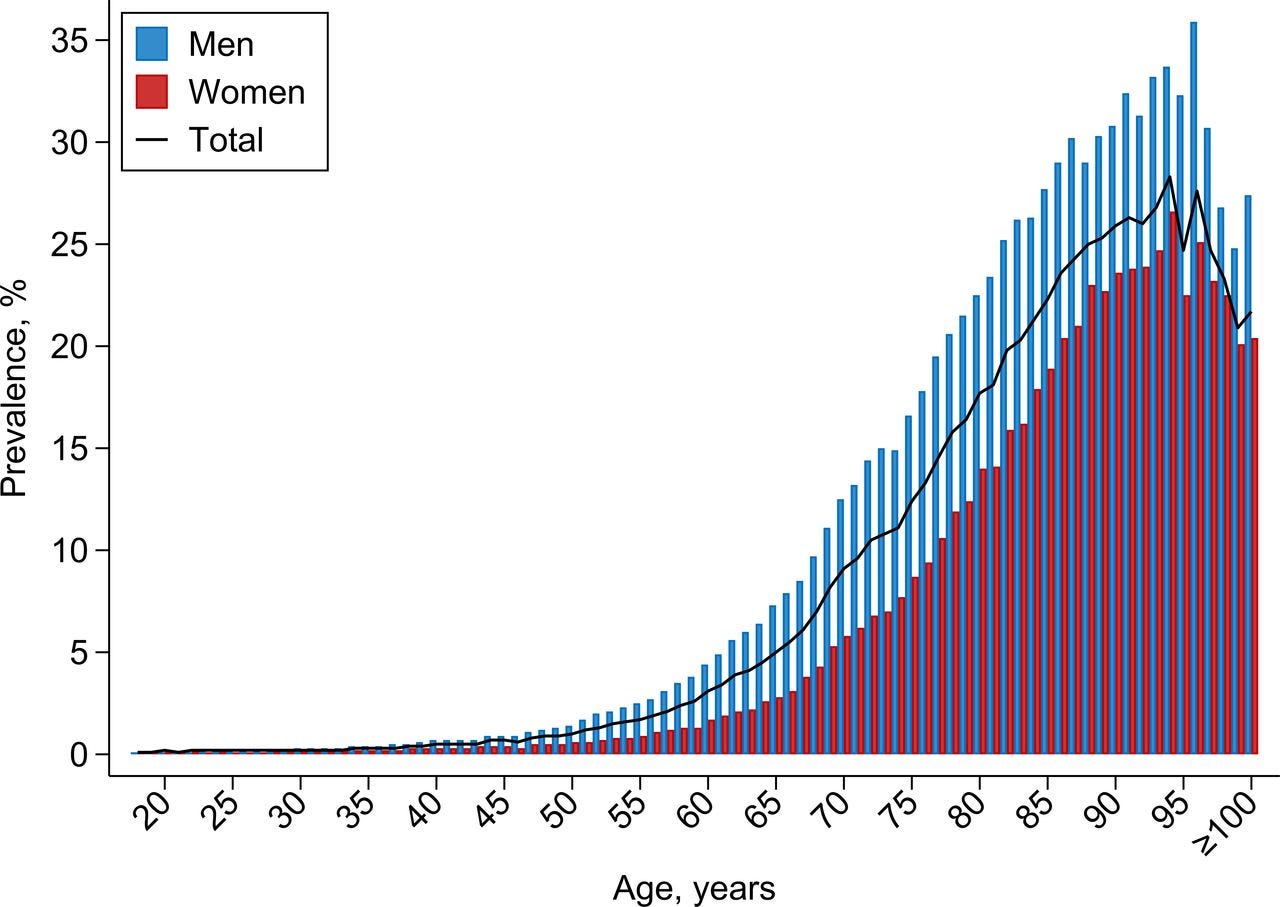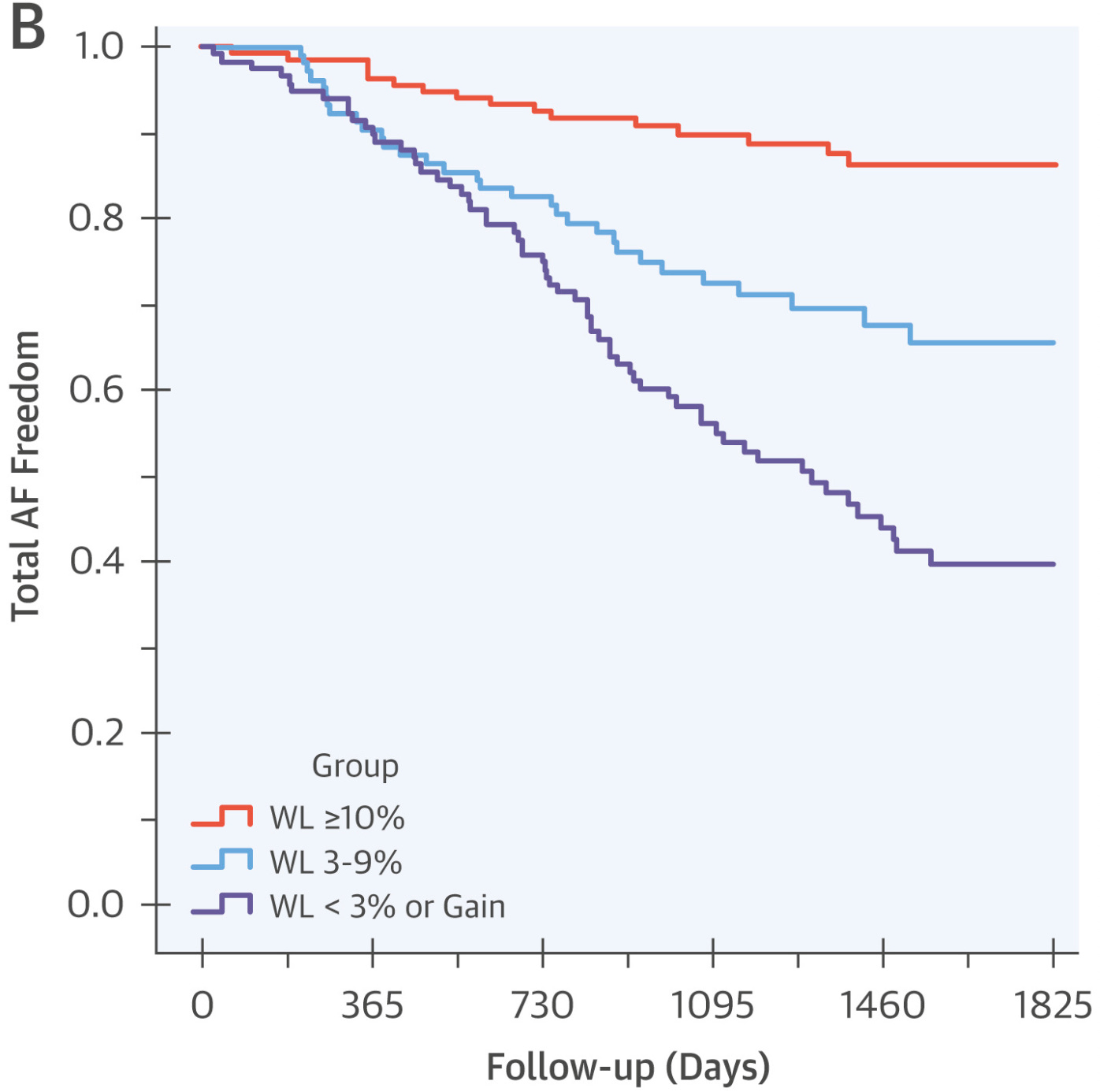The Best Solution For Atrial Fibrillation

Atrial fibrillation is one of the most common heart rhythm disorders1.
You almost certainly know someone with atrial fibrillation.
While relatively uncommon in younger individuals, it is far more prevalent in those older than 65.
For those over 80 years of age, it impacts approximately 20% of the population2.

Atrial fibrillation is the abnormal electrical activity of the top chambers of the heart, known as the atria. Those with atrial fibrillation may be without symptoms, but the abnormal heart rhythm itself is generally not the issue of why we are concerned about it.
The big issue with atrial fibrillation is the increased risk of stroke it carries with it.
As the heart is not contracting correctly, blood flow slows in certain areas of the heart, promoting clot formation and, as a result, increases the risk that one dislodges from the heart and travels to the brain, causing a stroke.
The risk of having a stroke with atrial fibrillation is increased by certain risk factors, including diabetes, heart failure, high blood pressure, increasing age, etc.
The more risk factors, the higher the risk.
But can atrial fibrillation be prevented?
The answer is yes. To an extent.
As always seems to be the case, obesity is a core driving risk factor.
The greater a person’s weight is, and also the amount of time they are overweight, has a direct impact on their risk of developing atrial fibrillation.
Being overweight for longer = Higher Risk of Atrial Fibrillation3.

However, the encouraging aspect of these findings is that if significant weight loss is achieved when a person has atrial fibrillation, the overall burden is considerably decreased4.
Compared to those who lost modest amounts of weight, losing at least 10% of one's body weight reduced the likelihood of atrial fibrillation recurring.
Maintaining this weight loss results in a six-fold decrease in the chances of having recurrent atrial fibrillation5.

The Role of Exercise.
How exercise relates to atrial fibrillation is more complicated than the role of obesity.
Generally, those who exercise regularly and have higher step counts have less risk of atrial fibrillation.
However, for those who exercise at very high levels, the risk of atrial fibrillation increases6.
For those who already have atrial fibrillation, exercise plays a crucial role in decreasing the chances of it recurring and improving the associated symptoms.
Those enrolled in a structured exercise program are twice as likely to be free of atrial fibrillation as those who did not participate in a structured exercise program7.
Excess weight and limited exercise are crucial in the risk of developing atrial fibrillation.
But a common factor linking these two components is Metabolic Syndrome.
As discussed previously, Metabolic Syndrome is the presence of at least 3 of the following five features:
-
Enlarged Waist Circumference
-
High Triglycerides
-
Low HDL Cholesterol
-
High Blood Pressure
-
Abnormal Glucose Control
The relationship is clear.
The more components of the metabolic syndrome a patient has, the higher the likelihood of developing atrial fibrillation8.

A stroke is often a more feared complication than a heart attack.
Atrial fibrillation is a key risk factor in the occurrence of stroke.
Maintaining a normal weight and exercising regularly are critical factors in reducing the risk of atrial fibrillation.
But at its core, avoiding metabolic syndrome is likely to be the core factor at play.
Over and over, it seems that metabolic syndrome is at the root of many chronic diseases that impact us as we age.
The good news is that it is eminently preventable.
And even if you have metabolic syndrome, it is highly reversible.
https://www.cdc.gov/heartdisease/atrial_fibrillation.htm
Kjerpeseth LJ, Igland J, Selmer R, et al. Prevalence and incidence rates of atrial fibrillation in Norway 2004–2014. Heart 2021;107:201-207.
Association of obesity with incident atrial fibrillation in Korea and the United Kingdom. Sci Rep 13, 5197 (2023).
Long-Term Effect of Goal-Directed Weight Management in an Atrial Fibrillation Cohort: A Long-Term Follow-Up Study (LEGACY). J Am Coll Cardiol. 2015 May 26;65(20):2159-69.
Long-Term Effect of Goal-Directed Weight Management in an Atrial Fibrillation Cohort: A Long-Term Follow-Up Study (LEGACY). J Am Coll Cardiol. 2015 May 26;65(20):2159-69.
Step Count, Self-reported Physical Activity, and Predicted 5-Year Risk of Atrial Fibrillation: Cross-sectional Analysis. J Med Internet Res. 2023 Mar 6;25:e43123.
An Exercise and Physical Activity Program in Patients With Atrial Fibrillation: The ACTIVE-AF Randomized Controlled Trial. JACC Electrophysiology. Jan 2023.
Cumulative burden of metabolic syndrome and its components on the risk of atrial fibrillation: a nationwide population-based study.Cardiovasc Diabetol 20, 20 (2021).




